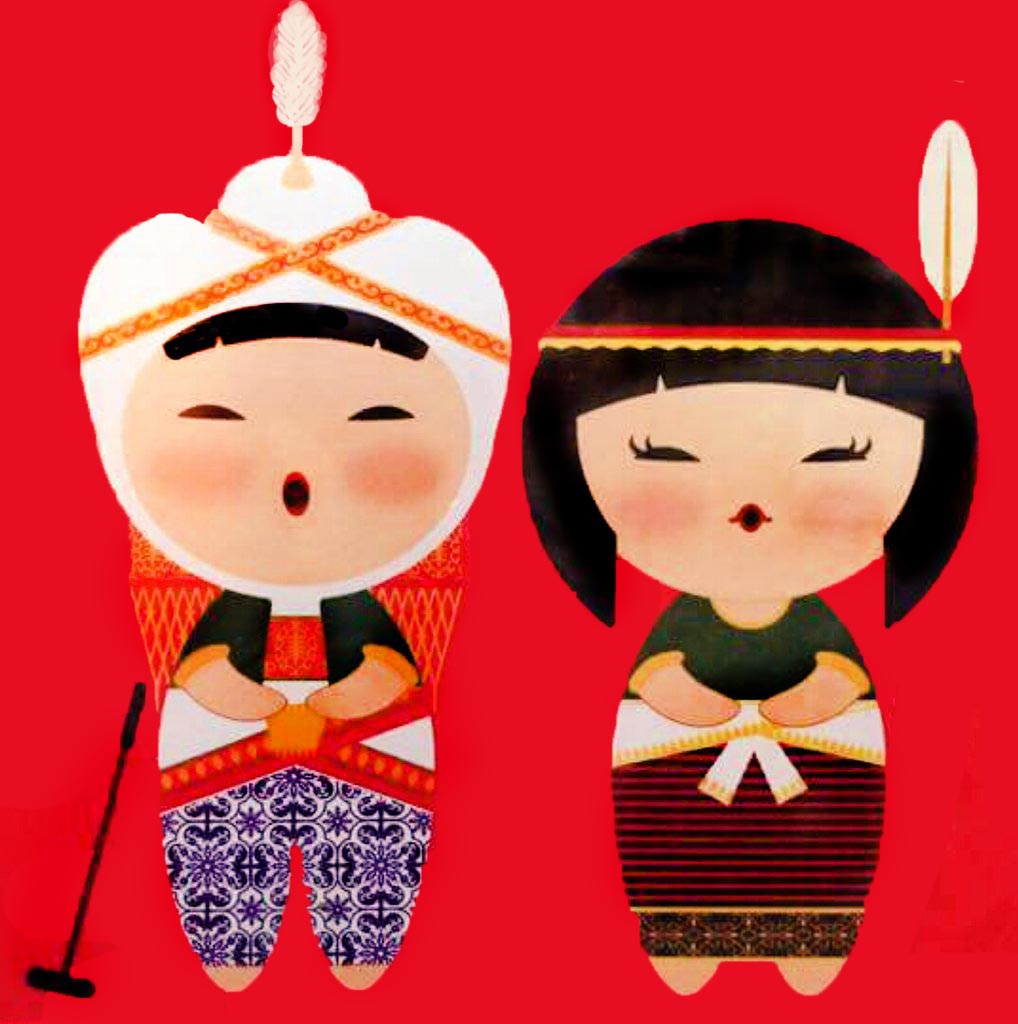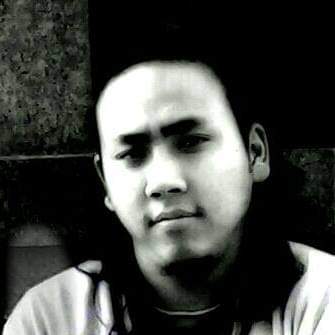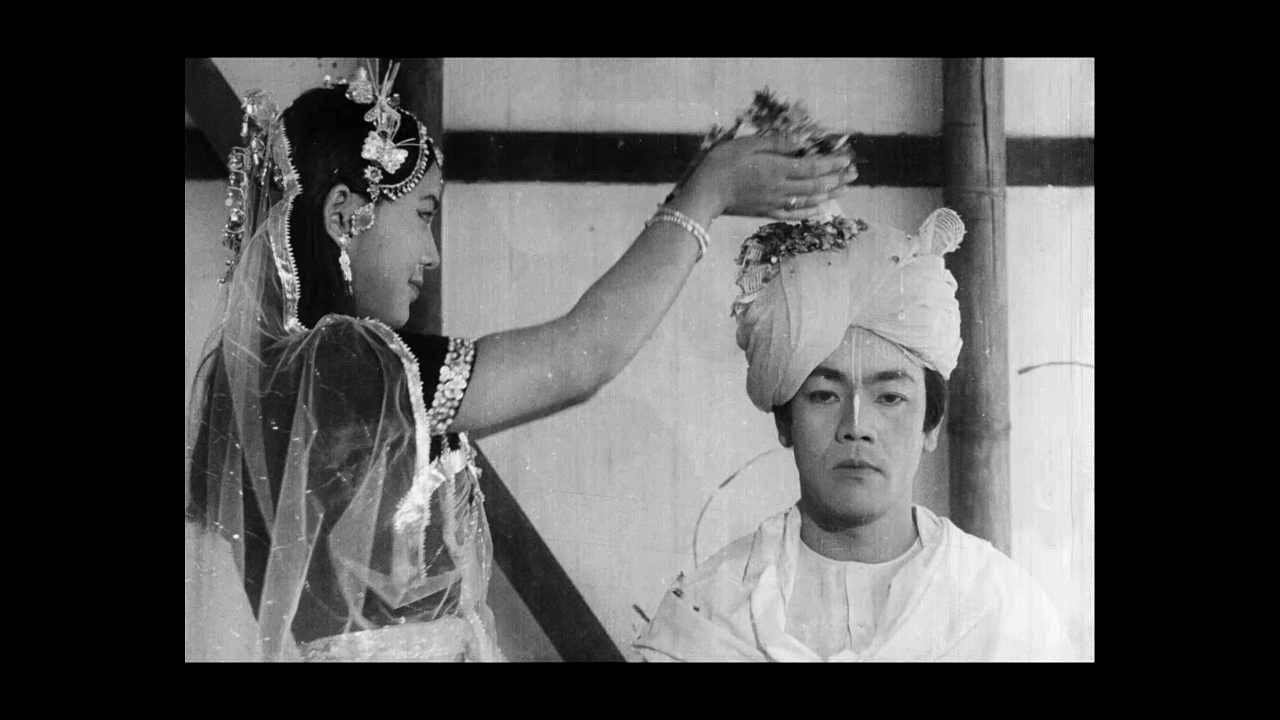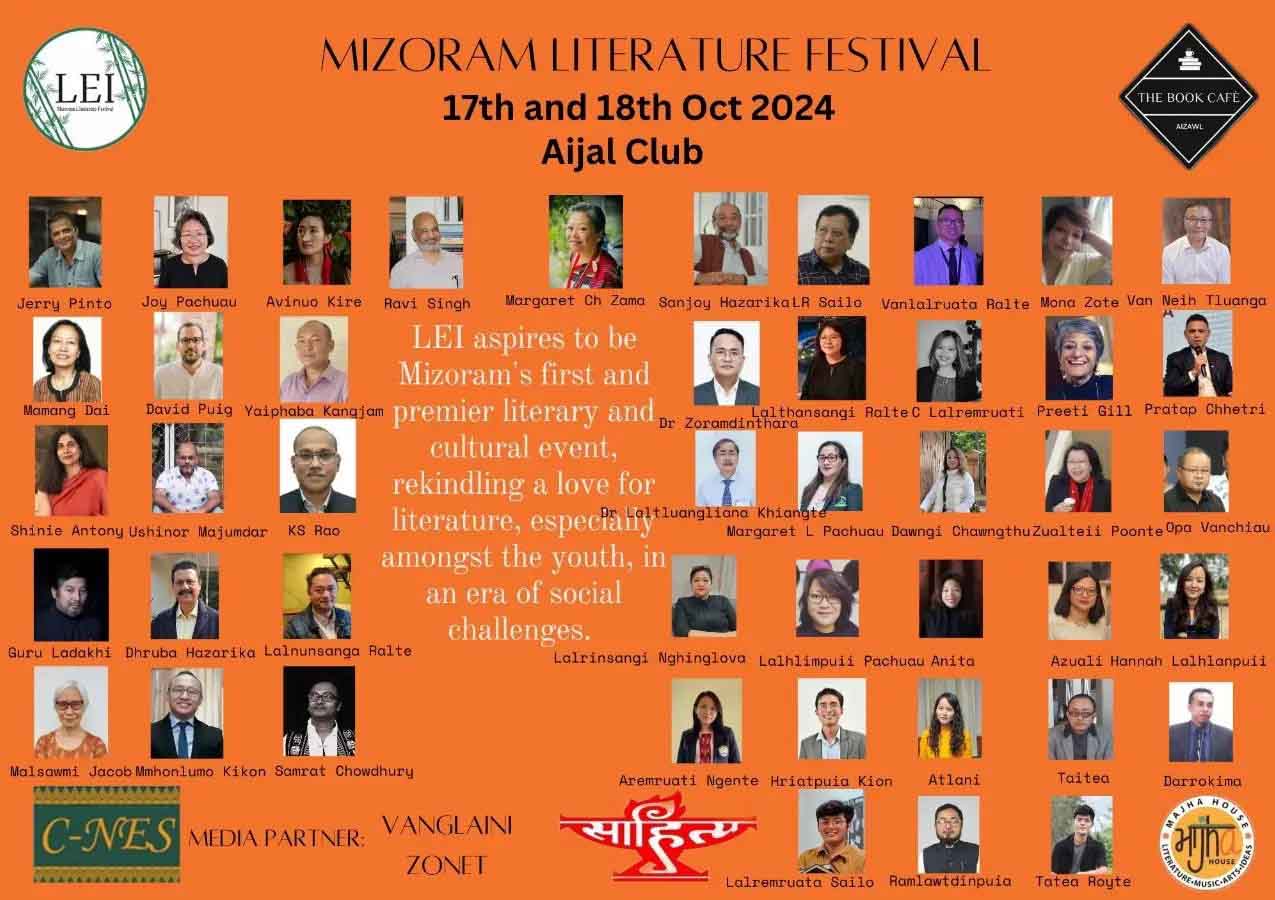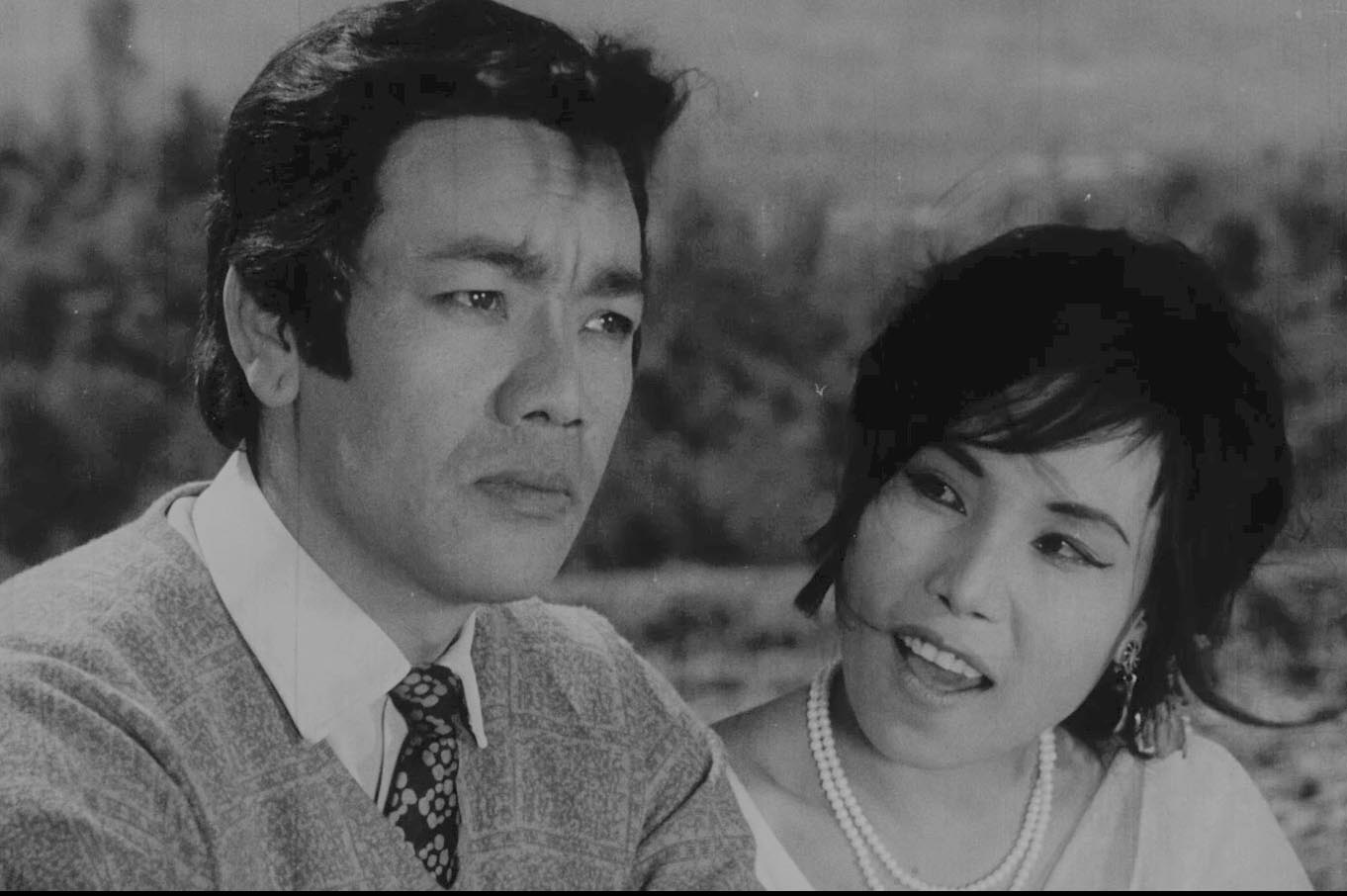To begin with, one must confess that, philosophical exposition of any topic will naturally focus on one aspect, though it points to the generality, which the observer felt its significance in its singularity among others. This tendency on the other hand also left out other aspects open to discussions, open to exposition. Therefore the confession is that we are not talking about everything that points to the idea of ‘Meitei’, but only on one that should be at its core.
Let us start with the question; is ‘Meitei’ a name ascribed upon an ethnic community? Is ‘Meitei’ a nomenclature of some kind of religion or sect? The answers to these questions will ultimately demand something beyond, because it is not limited to a scholar’s reasoning. Some generations attempted to reciprocate the questions historically, culturally, and through many other domains involving empirical verifications, and with a wee amount of reasoning. The process of explication through the above technologies, sometimes, also encounters certain amount of glitches. These glitches were always anticipated, because no technology goes on smoothly without glitches unless it deals with other things but human affairs. Nevertheless, people find responsibilities toward the task, and hence it continues. Now the same question has been posed, across time, upon the notion of ‘Hindu’. In a country like India, with such a gargantuan diversity, if attempts were made to explain the notion of ‘Hindu’ positively, then there could be discordant reactions from certain groups of people in respect of the ‘ism’ associated with it. But, similarly, responsibility comes up and voices echoed.
Most of the advocacy done in favor of ‘Hindu’, I believe, rejects the narrow, sectarian association of ‘ism’. However, semantics runs through the veins of the ongoing democratic dialogues, and interpretations emerge, attempting to solve the already solved issues. In the same tone, the notion ‘Meitei’, which is already a concept, or rather a fulfilled idea, is unnecessarily accumulating pseudo interpretations and representations that violates the very principle that is central to the idea of the ‘Meitei’. On a serious note, we are not referring here the etymological interpretation(s), or the contentions on its etymological root. My endeavor to explicate the idea of ‘Meitei’ is found to be in par, for instance, with Swami Vivekananda’s idea of ‘Hindu’. Therefore, the ensuing arguments for ‘Meitei’, we presumed, should naturally invite certain exemplary arguments parallel to the idea of ‘Hindu’, structurally and methodically as it is presented in the works of the Vivekananda. Such claims cannot be made randomly, but certain documents in the form of lore, historical accounts, and cultural explorations revealed the common locus that defines them as something which is blind to the perspective of the populism. This uncanny philosophical similarity also made us to resonate in favor of the proximity that, at the same time, also dissociates the two in their modalities and avoid them from overlapping. The proximity can be discussed from two fronts, among others, with reference to the Vivekananda’s perspective. First, we believed that both of them (ideas) did not originate from religious point of view. Second, we insists, that they also deviate themselves from identifying purely as cultures, in the crude sense of the term. However, the term ‘culture’ and its enormous connotations could sometime accommodate these two ideas comfortably within their respective domain.
Now the two fronts we just mentioned; origin and identity, also invites us to focus, more precisely, on human affairs. This development to the human affairs led us to question on the meaning of ‘being a Hindu’ or ‘being a Meitei’, rather than seeking definitions of the idea of ‘Hindu’ or ‘Meitei’. Since, we do not feel to elaborate much on ‘being Hindu’ because there are much grander versions, such as the vast works of Swami Vivekananda, we believed, had done sufficiently, at least for those responsible Hindus. And talking about ‘Meitei’ is always risking some blowbacks. These blowbacks could be a challenge posed theoretically, historically, or from other relevant courtyards, etc. But our proposal is purely non-theoretical, non-ideological, and hence no pure dialectics. However, we are not delving within the anthropological, historical, or any other aspects which can explain the same idea with all the profundity.
The meaning of ‘being a Meitei’, which will be attempted to render here, is more natural and practical rather than a hypothetical assumption. We believe the concept of culture and faith, and the very history of the race which everyone attributes to the idea of ‘Meitei’ is a mere implication, or contending modalities, that arise out of the praxis that we are referring here in this expository essay. In Meiteilon, also known as Manipuri language, there is a notion ‘punshirol’ which can literally means ‘the art of living’, which can further implies as ‘the way one live his/her life’. The art of living, as always associated with the practical life, is constitutive of multiple aspects which will complement each other in fulfilling a meaningful life. One can address here the aspects of values or of health, etc. but there are more subtle aspects, which we consider, should necessarily occupy the centre of its nature. This subtler aspect that is manifested as the art of living itself, should also be, among others, both the origin and identity of the idea of ‘being a Meitei’ or just ‘Meitei’.
What is it that seems to reside at the core of this art of living? One factor for placing it at the centre is due to the fact that this particular practice is so natural that one cannot trace its origin to some kind of theory or indoctrination. One simply lived his/her life by this unwritten or unspoken code without ever realizing that it is even a code, because it is simply prescriptive by and in nature. Neither it exists as a code/norm of the life in any of the text, nor do we acknowledge as some kind of notion convertible to a full-fledged concept, which can be further process in future discourses. The art of living is, both in ‘Hindu’ and ‘Meitei’, discovered from the Nature rather than a glorified commandment. Some people realize this underlying principle without even being exposed to anything that is directly or indirectly related to the matter. We have heard of uneducated enlightened yogis etc. who can manually explore the principle of life, and within the life itself. This means that the core of the art of living is not a postulation or prediction. The Hindus considered Vedas as the source of everything that defines a Hindu from the beginning till the end, but Swami Vivekananda observed that, “…by the Vedas no books are meant. They mean the accumulated treasury of spiritual laws discovered by different persons in different times.” (Paper on Hinduism, Parliament on 19th Sept. 1893). He continues, “Thus sang the Rishis of the Vedas. And how to worship Him? Through love. He is to be worshipped as the one beloved, dearer than everything in this and the next life.” These lines on Almighty showed the relation between Him and the man. What we see here is the notion of love wavering unconditionally between beings, forming a cohesive force, binding the Lord with the man. We believe that love referred here is the fundamental principle of the core values of Santana Dharma like Vasudhaiva Kutumbakam.
Similarly, in the idea of ‘being a Meitei’, there is too a deep association with the principle of love. We insists that the core subtle principle, among others, that is manifested in all the modalities of the art of living, or in ‘being a Meitei’ is the principle of love. Before one delves into the unconditional nature of love, it has been found in mythology, lore, faith, as well as in history, that the idea of ‘Meitei’ is always associated with the principle of love; love that is simply understood by a common man and interpreted, as one deem necessary in a particular situation. That being said, the universal character of love has been sustained throughout in all the contexts. The notion of love here is not simply the emotional candor, and it can be instantiated within the multiple aspects of human affairs. In an ancient text called Ponbi Lang, a book narrating the journey of human soul through the cyclic process of birth – live – death, we witness, from a particular point of view, an exceptionally grand celebration of the idea of love that bonds the soul with the Creator, with the body, and with other souls around it. Just to highlight some of the intriguing themes (may not be a satisfactory translation), it says that the fetus or the baby, upon its maturity, as a conscious soul, refuse to exit the mother’s womb, considering the sense that it is going to be departed, for a time being, from the Creator. The text claimed that the fetus’s life inside the mother’s body is a life in constant association with the Creator himself. And thus the departing soul cries or weeps post delivery. This is not just to arouse some kind of faith, but rather to instill the genealogical significance of the emerging lives. Now, comes the duty of the soul in his days of living. The karmayoga in this period is not confined only to the duty towards the mundane world and its multiplicity of existence, but also towards the Creator, constantly seeking, knowing, and reminding the self of its ultimate union with the Creator. Again, comes the departing moment, where the soul leaves the body. This moment too is also characterize by two types of grief and lamentation. First, the soul mourns on leaving the body that gave him shelter for few moments as human life. Second, the soul weeps on contemplating the possible reunion with the Creator. The soul must also, while living in the body, strive to certain maturity of realizing the true nature of existence, which also includes, primarily, the Creator as the source of everything.
That being said, we are not focusing on the question of the degree of truth or reality as suggested by the narration. The significant thing is that we live this life as a journey that ultimately ends up with the Creator and nothing more. This ending is again not a case of satisfaction, as satisfaction through infatuation, or satisfaction experienced while achieving a goal. This union transcends the mundane sense of togetherness of two or more entities. In supra-mundane sense it is the union in homogeneity. We claim that it is love which signifies the union. I will not put this notion of love as low as infatuation, or as high as unconditionality, because this love is not generated within the domain of heterogeneity; as love between two different entities, or as love seeking one by the other. It is irrelevant to put it in the category of emotion, since emotions are the product of the physical organism, and the point here is beyond physicality. Nor it can be settled by the rationality of man. What we see is the love that thrived in the sense of completion, a homogenous completion, a return to the origin. This is a senseless, pleasure-less, desire-less, non-satisfactory form of reunion where neither there is gain, nor there is loss. One may question why we are even using the term ‘love’ here. To answer this question, we could simply recapitulate the narration that the soul, while living with the body should train to detach itself from the clinging-ness that applies to the materialistic world. And while detaching oneself from the materialistic world, all the qualities and attributes that emerged out of the attachment ceases to be; such as desire, grief, etc. The only thing that remains before us to explain the unification is the notion of love. This is also because the notion of love has been sustained from the very beginning; from the point where the soul departed from its origin, and up to the point where it realizes the ultimate, or its return to the origin.
Now, if this is the case, then cultures and traditions, as is also the qualifying criteria of ‘being a Meitei’, should be a product of the core that explains the art of living. If a culture or a tradition is founded on the idea of the ‘love’ that we have just talked about, or one can called it as divine love, then assuming something else other than it, would always be a misinterpretation. The intention is not to provide a theo-centric explanation of the idea of ‘Meitei’, but the exposition of the fundamental characteristics of being a Meitei. And if preposterous questions arises, such as, why would one go to war, or why would one indulge in violence if love prevails in the idea of ‘being a Meitei’, then the problem of evil arises, or the problem of heaven and hell, but ultimately, the notion of ‘war’ itself is highly relative. Even if we explore the idea of hell, as it is also in Hindu culture, the Punisher is itself the embodiment of the idea of love, and He doesn’t have the heart to see the defiled soul, so he punishes the soul out of his pure love for the soul. The punishments function, to purify the soul into its former pristine glory, and not in some narrow sense of retribution where the punisher enjoys the event.
This narration is one among others that explores some of the aspects of the mystery of life. In the idea of ‘being a Meitei’ the idea of this particular love remains intact, and it gets manifested wherever necessary. Beyond the internal domain of culture or tradition, it is reflected in the social and political domain. Whenever there is a discussion on the social and political issues, it remains inevitable to address it upon the lap of history. But the truth of history is always reserved for that particular point in time. This means an event in history and the truth of it is relevant only to the time it takes place. This principle is popularly known as historicism. Having said that, we also believed that something is being carried across time, in the form of an essence, that becomes instrumental in another point in time. Therefore, what is sustained across time, of ‘being a Meitei’ should be the idea of love incorporated within the structures of ‘the art of living’, as its core. Historically, for instance, the idea of ‘being a Meitei’ during the tiger infested era will definitely greet the idea with the principle of self preservation, hunting tactics, and protective violence, etc. but the sense changes into something when the land was almost devoured by diarrhoea. This historicism is true for all other civilizations around the globe. The question is, what truly is being sustained across time to characterize the very idea of ‘being a Meitei’?, ‘being a British’?, ‘being a Hindu’?, or ‘being a Greek’, etc? This is the time when we focus on the culture. Even the term culture, mostly artificial [in the sense that culture is a product of man, not that man composed them, but that it is always associated with civilized man rather that natural man, and we consider, as it is with Rousseau, that the natural characteristics of man always precedes the cultured man], fluctuate in time, giving variations in perspectives and applications. Nevertheless, since it is one of the modalities of the core, it at least sustained the core itself. The core, undubiously, survived the cruelty of time. This survival, the perpetual or the incessant character is more of a logical consequence that is inherent in Nature rather than a mere empirical postulation. But it is evident both analytically and synthetically.
In Meitei culture, we did not even have the opportunity to expound the principle of niskāmakarmayoga (detached action) because the necessity of it never arises. The reason is again a derivation and functionality of the core that is ‘love’ which motivates the karmayoga. Our ‘love’, as depicted earlier, is opposed to attachment, and this functions in human actions, as each action is being performed out of love; love of the land by a soldier, love of the king by a subject, love of the subject by a king, love of neighbors, love of strangers, love of nature, etc. Therefore a soldier goes to the battlefield due to his detached love of the land and his people, the king governed his subjects out of the detached love for his subjects, and so on.
Having said that, being a Meitei, on the other hand, is now constantly reminded by the title ‘pakhangba’ or ‘pa-khangba’ meaning one who knows his ancestor/creator/father. The epistemic framework here is not confined only to the empirical knowledge, but it is the accumulation of all possible access to the origin. In the Meitei lore, it is said that ‘pakhangba’ is the title given to the second son of the Creator. Skipping most of the story line associated with the lore, Pakhangba being the second son of the Almighty, got this title owing to his true knowledge of his Father. The idea of ‘father’ has two senses, one, father as the Creator himself, and two, as one’s ancestors/forefathers. These two senses are essentially significant in preserving the fundamental culture as it’s reflected in the idea of ‘being a Meitei’. The first sense functions as glorifying the divine love, and so it extends to the entire humanity. And the second sense functions in expounding the sense of belonging towards the society or community, resulting in some form of sublime nationalism. This sense of belongingness can be extended even on the geographical domain, because a piece of land left by the ancestor is more momentous or crucial than one’s own life. This sense of belongingness transcends mere human understanding of the idea of property, or a monetized wealth. To repeat, neither it is the emotional attachment, nor is it the materialized wealth in terms of expediency. It is the ultimate responsibility of a Meitei to retain anything that is related to their forefathers in its pristine glory. This starts from a piece of cloth, or a dhoti, to the upholding of an ideology and passing down in the generations to come. Against all the odds that is provided by the historical hypothesis, I could claim that the idea of ‘being a Meitei’ is also explained by the geography itself; the hilly piece of earth that lies east of Ningthi River (presently Chindwin river of Myanmar) and west of the Cachar, and so on [Certain fluctuations happen in history with regard to the northern and the southern boundaries]. One cannot trace anything about Meitei, in terms of its characteristics beyond this geography. This is in the sense that anyone who left the geography is just a matter of physical displacement, and nothing more than that. They felt as if their soul belongs to the land of origin. This also implies that anyone who lived on this piece of land is always bound by the values associated with the idea of ‘Meitei’. The Muslims that arrived in the late 16th century, after they settled here, is termed as Meitei Muslims. Now that being said, none of the Muslims are converted from their belief systems; rather they remain intact as true followers of Islam. Our simple logic could infer that, if the word Meitei has some kind of religious identity inherent in it, then the Muslims could have never agreed to add the word ‘Meitei’. I don’t know if this is one sided or not, but we even use Meitei before the names of some tribes and other communities in the region. The word ‘Meitei’ does not create a binary opposition to what it follows. This can be extended even to the things or products that originate from the region. For instance, a piece of cloth weaved in the region is known as Meitei-phi [phi=cloth], rice grown in the region is term as Meitei-rice, and so on. The uniqueness of adding the term before the product is a result of its association with the culture. For instance, in two identical shawls where, one woven by a Meitei, and the other by anyone beyond the region or culture, still carry the differences. Because if there is a Meitei shawl then it is woven in a particular process prescribed by the culture, which includes some traditional procedures and orthodox practices against the popular modern scientific procedures. In the modern times, we know the foolishness and the un-productivity of the traditional methods, but as it is said earlier, Meiteis are detached, or trained to be detached, from any kind of hedonistic principle of accumulating wealth, etc. On the other hand, the method handed down by the forefathers must be revered at any cost. This entails the principle of ‘pakhangba’, or the principle called ‘pakhangba’, and no Meitei can defy this principle. I am not putting this principle as some kind of authoritarian doctrine or commandment, but rather the idea of non-defiance is itself natural to the idea of ‘being a Meitei’, because, as we argued, there is no such thing as the idea of Meitei independent of the principle of ‘pakhangba’[ to know one’s forefathers/ancestors/creators]. In short, this title, and also an embodiment of divine principle on par with sublime humanity, or the entire connotation of the essence of being a Meitei, ‘pakhangba’ is itself a principle that explains the idea of ‘Meitei’ or ‘being a Meitei’. Sometimes, this very principle creates a certain kind of ‘immunity’ when attempts were made to assimilate Meitei culture with other foreign cultures, even though there are similarities and concurrent points. Even if a foreign faith is adopted, the Meitei culture remains intact in most of its key areas. In the context of the Hindu, Vivekananda’s exposition has similar tone to that of the Meitei’s. He writes;
“In the material physical world, expansion is life, and contraction is death. Whatever ceases to expand ceases to live. Translating this in the moral world we have: If one would expand, he must love, and when he ceases to love he dies. It is your nature; you must, because that is the only law of life. Therefore, we must love God for love’s sake, so we must do our duty for duty’s sake; we must work for work’s sake without looking for any reward – know that you are purer and more perfect, know that this is the real temple of God.” (The Hindu View of Life, Brooklyn Times, Dec. 31, 1984)
Therefore, if we seek to explore the origin, or the identity of the idea of ‘Meitei’ or of ‘being a Meitei’, then, beyond all the complexities that had surfaced in order to define the idea in terms of its origin or identity, there lies the idea of divine love which is manifested as ‘detached duty’ upon everything, and that further forms the corollaries as cultures, traditions, faith, etc. One cannot simply denigrate this idea of love that is central to the art of living with reference to certain violence, or conflict, that happened in history. The human history is engrossed with unimaginable things and events, but the larger picture should be put under the lens that dilates itself to accommodate things in its entirety. To this wickedness associated with humanity in the form of errors, Vivekananda rightly said, “There are wicked men in our country and they are in the majority, same as in your country. It is unreasonable to expect people to be angels.”(Swami Vivekananda on India, Bay City Daily Tribune, March 21, 1894).
In the light of the above arguments, the idea of Meitei, that was simply a name of a race, identified by some kind of faith and culture until now, is deeply rooted in the art of living [punshirol]. It is said that, the European colonialist was wooed while making pact and treaties because the terms and conditions for the agreements were, at the same time, simple and also complicated. The Europeans cannot simply digest the stake proposed by the host which is, in their perspective, against the popular idea of well being [European well-being/hedonism]. Most of the treaties were signed just to regain honor, where the Meitei ended up, most of time, at the cost of gold and silver. The imperialist thought that those kings were fools who bluntly deny the hedonistic life style and chose loss rather than profit. Even in the recent times we are never short of some kind of opportunists who intend to take advantage of the non-expedient brotherhood and friendliness of the Meitei.



